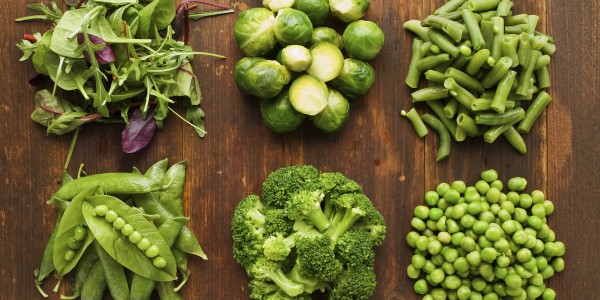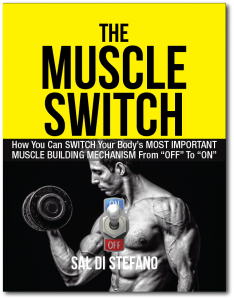Over the past few years there has been a movement to eat vegetables raw rather than cooked. The rationale is that cooking destroys nutrients and enzymes found in raw vegetables. While there is some truth to this statement, it means very little. Just because you can test a food in a lab to see how many nutrients are intact does not mean those nutrients are being utilized by the body. For example, a handful of rocks probably contain more minerals than most vegetables, but eat a handful of rocks and see how healthy you become!
The truth is, cooked vegetables are much more easily digested and their nutrients more bioavailable than raw. In other words, cooking may destroy some nutrients but the nutrients that remain are much more easily absorbed and used by the body. Studies have shown that cooking many vegetables actually boosts the antioxidants they supply to body (Read Scientific American article). Humans have been cooking food for millennia. It is part of our evolution and is ultimately healthier for us.
You can prove this for yourself. Eat a half-pound of raw broccoli and see how you feel. No doubt you will suffer from gastrointestinal distress. Do this frequently enough and you will cause gut inflammation and poor health. Conversely, eat a half-pound of very well cooked broccoli and you should experience no distress at all. In fact, the more you cook your vegetables the more of them you can eat.
If your goal is maximal health, muscle and fat loss then cook your veggies (boiled, steamed or sautéed, not fried!) and limit your raw vegetable intake. A large serving of well-cooked broccoli or spinach will deliver more nutrients to your muscles than if they are raw. The broken down fiber of cooked vegetables is excellent for your digestion, which facilitates increased protein assimilation. In other words, the large servings of well-cooked vegetables will help you digest your proteins better. All of this equals better recovery, health and ultimately more muscle growth.

